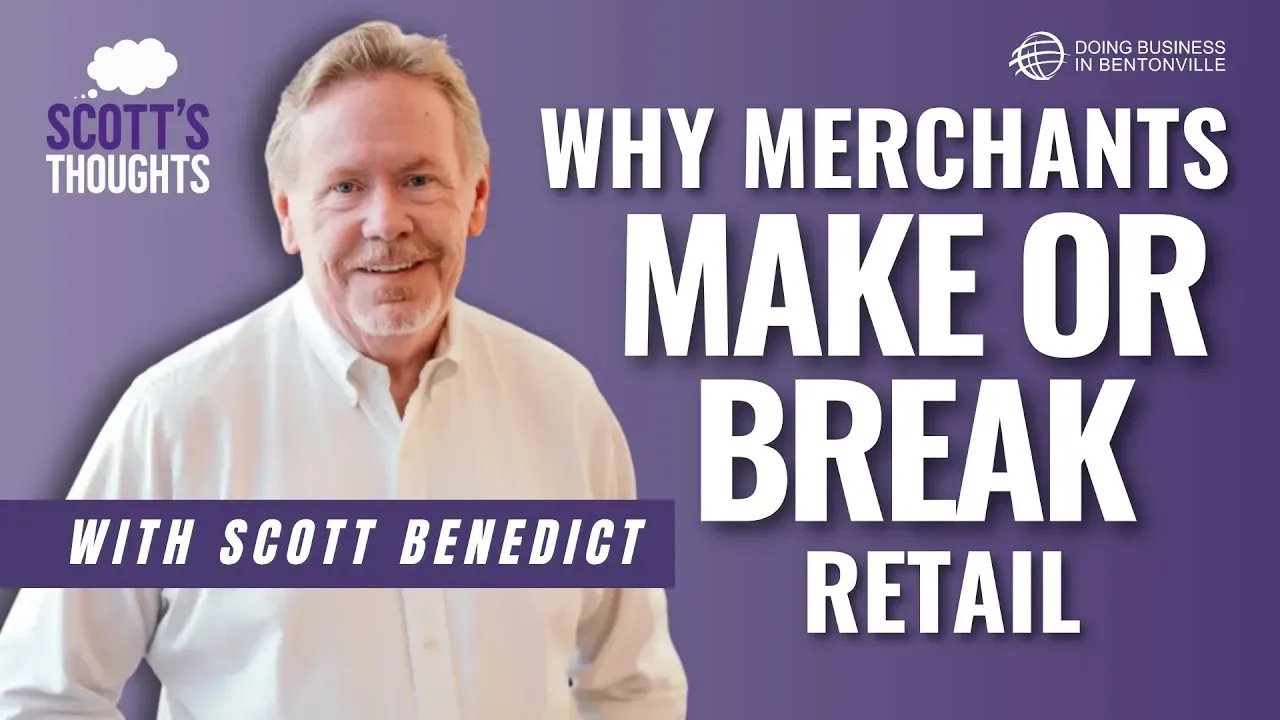With the technological advancements and regulatory developments in recent years, it is not far-fetched to expect rapid growth in the drone package delivery market. According to OpenPR The global drone package delivery market is anticipated to grow at a significant CAGR of 14.9% between now and the year 2029.
Firstly, drone technology has come a long way in recent years. Drones can now travel longer distances and carry heavier payloads than ever. With the development of high-quality cameras and sensors, drones can now operate more efficiently and safely. This means that they can deliver packages to remote or hard-to-reach areas that are otherwise difficult to access by traditional delivery methods.
Furthermore, the use of drones for package delivery has significant advantages over traditional delivery methods in terms of speed and efficiency. Drones can travel faster and avoid traffic congestion, which can significantly reduce delivery times. They can also make multiple deliveries in one trip, which can further increase efficiency and reduce delivery costs. In addition, drones can operate 24/7, which means that deliveries can be made at any time of the day or night.
Another advantage of drone delivery is its potential to reduce carbon emissions. Drones are powered by electricity, which means they produce no emissions during operation. This can significantly reduce the carbon footprint of the delivery industry, which is currently a major contributor to global emissions. As the world becomes more environmentally conscious, the use of drones for delivery could become an attractive option for businesses and consumers alike.
Regulatory developments are also making it easier for drones to be used for package delivery. In the United States, the Federal Aviation Administration (FAA) has recently issued new rules that allow for the use of drones for commercial purposes. This means that businesses can now legally use drones for package delivery, as long as they follow the FAA's regulations. Similar developments are taking place in other countries, which means that the regulatory environment for drone delivery is becoming more favorable.
Another advantage of drone delivery is its potential to reduce delivery costs for businesses. Traditional delivery methods can be expensive due to the need for a large workforce and a fleet of vehicles. On the other hand, drones require only a small team of pilots and technicians to operate. This can significantly reduce labor and transportation costs, which can make drone delivery a more cost-effective option for businesses.
Moreover, the use of drones for package delivery could also create new job opportunities in the delivery industry. As the demand for drone delivery grows, there will be a need for more drone pilots and technicians. This could create new employment opportunities for people with the necessary skills and training.
Finally, the use of drones for package delivery can also enhance the customer experience. With the ability to track packages in real-time, customers can better know when their packages will arrive. Additionally, drone delivery can provide a more personalized service, with packages delivered directly to the customer's doorstep.
With the advantages of speed, efficiency, cost-effectiveness, and environmental sustainability, drone delivery has the potential to revolutionize the delivery industry. The recent regulatory developments in the United States and other countries also bode well for the future of drone delivery. While there may be challenges and risks associated with this technology, the potential benefits far outweigh the risks. It is clear that the drone package delivery market will see rapid growth by 2029, and businesses that embrace this technology will be well-positioned to thrive in the future.
Stay up to date on the latest Omnichannel news by Subscribing to Our eNewsletter









